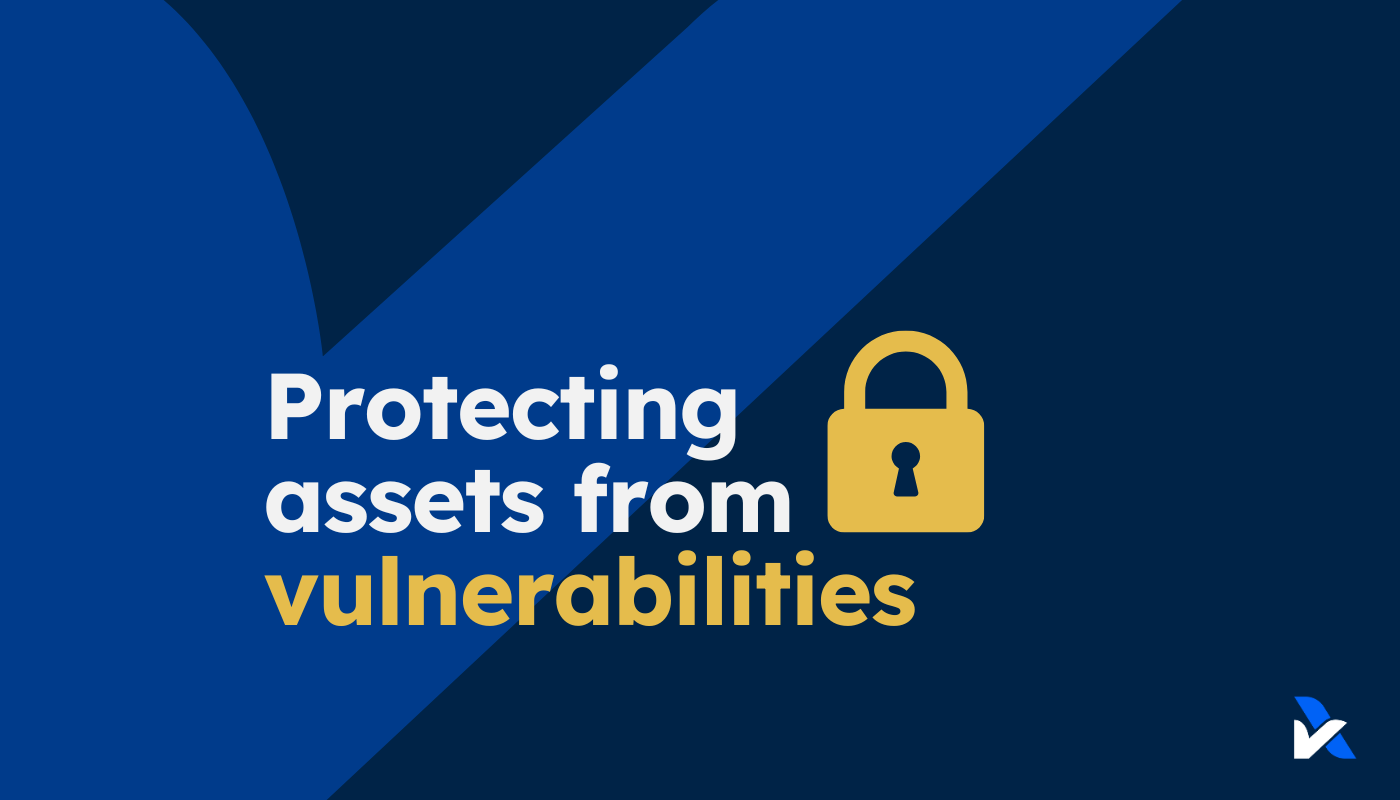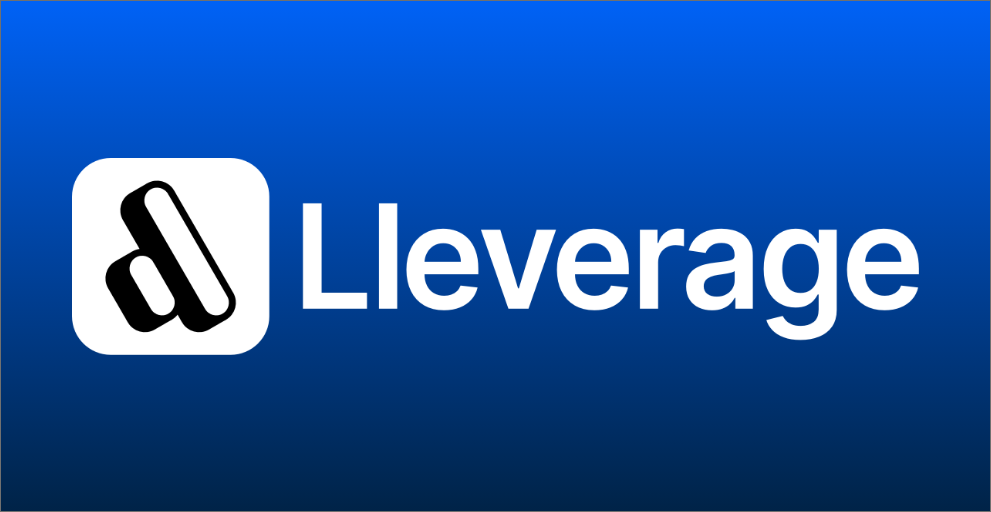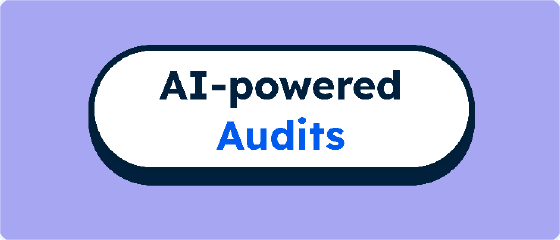
Protecting Assets With Vulnerabilities Management
A vulnerability management program helps identify vulnerabilities so you can routinely modify systems, processes, procedures to strengthen and secure them.
In today’s digital landscape, the security of your organization’s assets is only as strong as your ability to identify and address weaknesses. A well-executed vulnerability management program is a core pillar of modern cybersecurity strategy, proactively reducing risk, supporting compliance, and strengthening operational resilience.
A vulnerability is a flaw in systems, processes, or procedures that malicious actors may exploit. Left unaddressed, these weaknesses can lead to data breaches, system downtime, or unauthorized access. A proactive approach to identifying and managing vulnerabilities helps organizations minimize those risks before damage occurs.
What Is Vulnerability Management?
Vulnerability management is the continuous or periodic process of identifying, classifying, assessing, prioritizing, remediating, and tracking vulnerabilities across your environment. Whether automated or manual, it’s a disciplined cycle of discovery and action.
The numbers behind the risk:
- In 2024, more than 40,000 new common vulnerabilities and exposures (CVEs) were identified globally—the highest ever in a single year.
- The average time to remediate critical vulnerabilities was 65 days.
- One-third of all vulnerabilities were rated high or critical severity.
Advantages of a Vulnerability Management Program
An effective program goes beyond supporting cybersecurity to reinforce long-term business success. The benefits of vulnerability management include:
- Reduced risk: Addressing vulnerabilities quickly lowers the chance of breaches or operational disruptions.
- Regulatory alignment: Security standards and frameworks often require formal vulnerability management practices.
- Cost control: Preventing an incident is far less costly than responding to one.
- Continuity: Identifying threats early helps preserve reliable business operations.
- Trust and reputation: Demonstrating cybersecurity maturity builds stakeholder confidence.
Core Components of Vulnerability Management
- Asset inventory: Understanding what’s on your network is foundational.
- Vulnerability scanning: Regular scans surface risks across infrastructure, applications, and services.
- Data correlation: Aligning scan results with your asset inventory adds necessary context.
- Prioritization: Not all vulnerabilities are equal—evaluate based on severity, exploitability, and asset criticality.
- Remediation: Develop, track, and close out action plans to mitigate risk.
- Ongoing monitoring: Continuously update and reassess your program to adapt to new threats.
Why an Asset Inventory Is Critical
A complete and current asset inventory gives you visibility into your environment, enabling smarter prioritization. By correlating vulnerability data with assets, you can determine which systems present the most risk and focus remediation where it matters most.
Correlating Data With Asset Inventory
Correlating vulnerability data with asset inventory provides insight on the risks of each asset. It helps to associate individual vulnerabilities with the assets they effect, allowing your organization to identify which systems are vulnerable and prioritize remediation actions accordingly.
This context allows you to focus on the vulnerabilities that pose the most risk to an organization.
Assessing and Prioritizing Vulnerabilities
- Before prioritizing vulnerabilities, it is important to assess their severity, impact, exploitability, and potential impact.
- It is important for the organization to determine the criticality of different assets, such as data, applications, and infrastructure. This assessment should consider factors such as asset value and the potential impact of a breach on the organization’s operations.
Vulnerabilities are commonly classified or rated as follows:
- Critical – Remediate immediately (e.g., within three days)
- High – Address urgently (e.g., within 14 days)
- Medium – Schedule remediation (e.g., within 30 days)
- Low – Monitor and address as appropriate (e.g., within 90 days)
Remediation: Turning Insight Into Action
Remediation includes patching, mitigating, or otherwise resolving a vulnerability. Effective programs log each issue, including source (e.g., scan, penetration test), severity rating, remediation plan, and resolution status.
Tracking vulnerabilities through to resolution provides transparency and enables internal and external stakeholders, such as auditors, to evaluate how well your program aligns with policy and industry expectations.
Vulnerability management is more than a technical checklist—it’s a visible commitment to protecting your organization’s digital assets and the trust of your customers, partners, and regulators.
By taking a proactive, structured approach, you not only reduce risk, you also lay the groundwork for a more secure, sustainable digital future.
Have questions or need help building a tailored vulnerability management program? Contact us to start a conversation.







